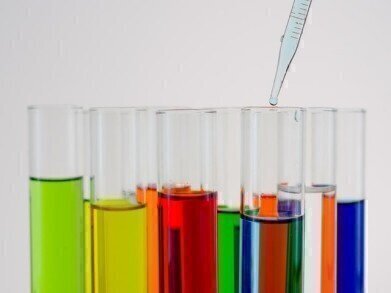Analytical Instrumentation
When Was Petroleomics First Used?
Oct 15 2021
State-of-the-art technologies and instruments have allowed scientists to go beyond basic parameters and characterise petroleum at the molecular level. The field is known as petroleomics and has emerged as an invaluable analysis tool for producers, refiners and buyers. Below, we explore the advent of petroleomics and how it’s evolved over the decades.
Harnessing electrospray ionisation
John Bennett Fenn, an American professor of analytical chemistry was one of the first scientists to use electrospray ionisation for petroleum analysis. In 2000 he co-authored a report titled ‘Electrospray mass spectrometry of fossil fuels’ with fellow researcher, Dongliang Zhan. The report was published in the International Journal of Mass Spectrometry and explored the use of electrospray ionisation (ESI) as a game changing analytical tool for the petroleum industry.
“Exploratory experiments with electrospray ionisation mass spectrometry have been carried
out on crude oil, jet fuel, gasoline, and coal,” reads the report. “The resulting mass spectra contain a
remarkable amount of information on the composition and character of these sometimes
very complex materials. They suggest that electrospray ionisation may have found a new
arena in which to exercise its powers.”
While Fenn and Zhan used low-resolution mass spectrometry (MS) to characterise distillates at the molecular level, the project marked a new era for petroleum analysis.
Breaking new ground with FT-ICR
American analytical chemist Alan G. Marshall was the next big name to advance the capabilities of petroleomics. He dedicated his career to the development of Fourier transform ion cyclotron resonance (FT-ICR) mass spectrometry, a high-resolution scientific technique he invented alongside Canadian analytical chemist and physicist, Melvin B. Comisarow.
Together, they paired electrospray ionisation with FT-ICR to unlock detailed insight into the molecular composition of petroleum. In 2008, Marshall co-authored a report titled ‘Petroleomics: Chemistry of the underworld’ spotlighting the exciting capabilities of FT-ICR.
“Each different molecular elemental composition - e.g. CcHhNnOoSs - has a different exact mass,” reads the report, which referred to data collected at the National High Magnetic Field Laboratory (NHMFL) at Florida State University. “With sufficiently high mass resolving power and mass accuracy now routinely available from high-field Fourier transform ion cyclotron resonance mass spectrometry, it is possible to resolve and identify uniquely and simultaneously each of the thousands of elemental compositions from the most complex natural organic mixtures, including petroleum crude oil.”
What’s next for petroleomics?
Don’t miss the upcoming PEFTEC conference for the latest industry news and developments. Over the course of two days, high-profile keynote speakers, professors, scientists and industrial technologists from around the world will explore a wide range of analytical challenges in petroleomics, covering niches such as spectroscopy, separation science, thermal and elemental analysis and high-throughput recycling processes.
Digital Edition
PIN 25.4 Aug/Sept
September 2024
Analytical Instrumentation - Novel and Rapid LSC method for the analysis of biogenic carbon in fuels Measurement and Testing - Matrix evaluation on the Xplorer-V with Vectra autosampler accordi...
View all digital editions
Events
Sep 23 2024 New Orleans, LA, USA
Sep 23 2024 Rio de Janeiro, Brazil
Sep 24 2024 Kielce, Poland
Sep 24 2024 Calgary, Canada
IDW DOWNSTREAM CONFERENCE 2024
Sep 24 2024 Warsaw, Poland



















